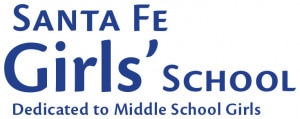English
Hillary Thompson
English Teacher
English is a vehicle for so much at this age. It can be used to promote self-expression and reflection, to teach empathy and critical thinking, and provides the girls with the vocabulary and the confidence to present in front of their peers. My hope is to give the students to foundation to communicate effectively and to be taken seriously.
Writing lets me express myself in ways I can’t otherwise. It’s easier to write sometimes than talk. It makes me feel safe and be myself.
Anna
8th
You’re going to grow in English. You’ll get a lot of support and a ton of feedback.
Lucy
7th
In English, you really learn the skills – writing, grammar, vocabulary. It’s hard work but you learn so much and it helps you with your other classes, too. It’s rewarding.
Sadie
6th
The Jane Schaffer writing program [used at the Santa Fe Girls’ School] has a structured approach to writing that is enormously helpful to secondary students struggling to organize their ideas and convey cohesive arguments. Students find that the Shaffer program's initially more prescriptive format frees up some energy for focusing on ideas and analysis.
One of the things I really appreciate about the Jane Schaffer method is that it provides solid footing for less confident readers and writers, helps developing students build better organized and more consistent pieces, and undergirds advanced students’ work as they experiment with adapting form to more complex material. Throughout the progression, students grow observably more competent and confident in articulating what they want to say.
One of the things I really appreciate about the Jane Schaffer method is that it provides solid footing for less confident readers and writers, helps developing students build better organized and more consistent pieces, and undergirds advanced students’ work as they experiment with adapting form to more complex material. Throughout the progression, students grow observably more competent and confident in articulating what they want to say.
Lauren Whitehurst
SFPS High School teacher
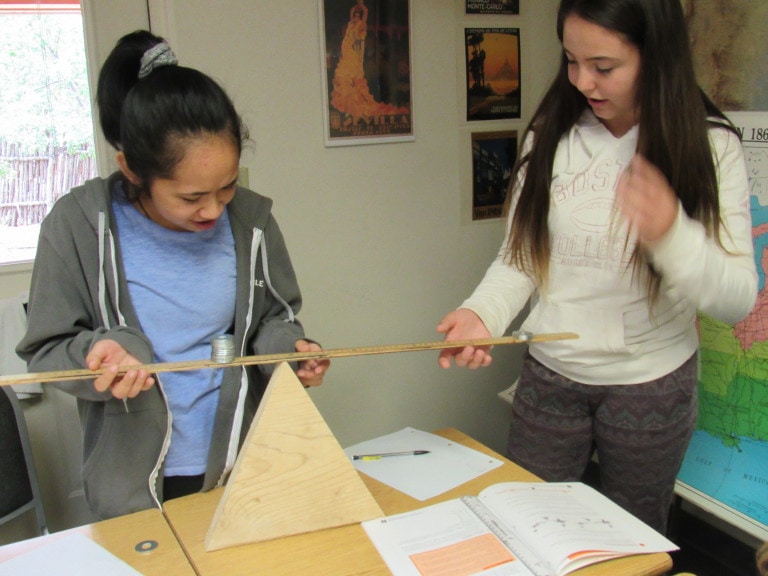
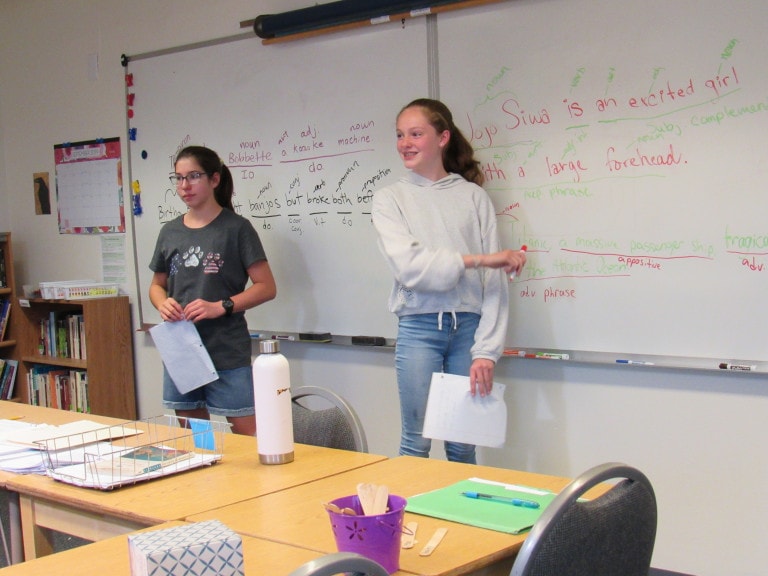
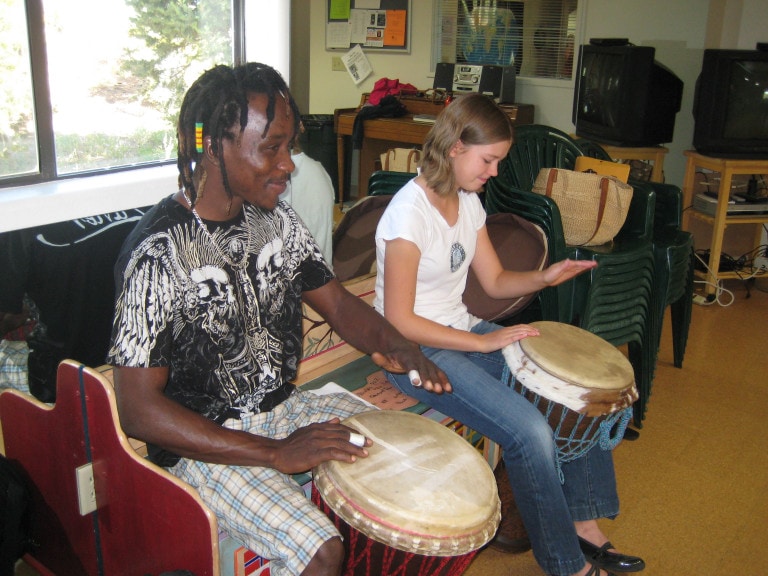
Math
Melissa Miller
Mathematics Teacher
In college, I saw women dropping out of hard sciences and engineering because of the math required. By giving my students math confidence, I am teaching future scientists as well as future mathematicians.
You’re involved in math at the Girls’ School. We discuss it in class together and you have to say what you think, not hide at the back of the class. It doesn’t matter if you’re wrong, but you have to share your ideas and learn from each other.
Hudson
8th
My teacher doesn’t tell me the answer; I make each new discovery and figure it out. She gives me what I need to get there, but it feels really great to understand it for myself.
Joy
6th
Ms. Miller’s enthusiasm for math is genuine and contagious. She sees numbers as neighbors, formulas as friends, consistently emphasizing their real-world value.
Judd
Parent
Science
Olivia Carril
Science Teacher
Our students learn to use science as a lens to view the world. They learn to be skeptical, think critically, and ask about the evidence – the data – before believing a statement. They learn the power of having a questioning, open mind.
Already, we’ve learned to gather good data about the diameter of bubbles, the length of a marshmallow shot from a marshmallow shooter, and the height of muffins with different amounts of flour – it’s SO FUN!”
Sydney
6th

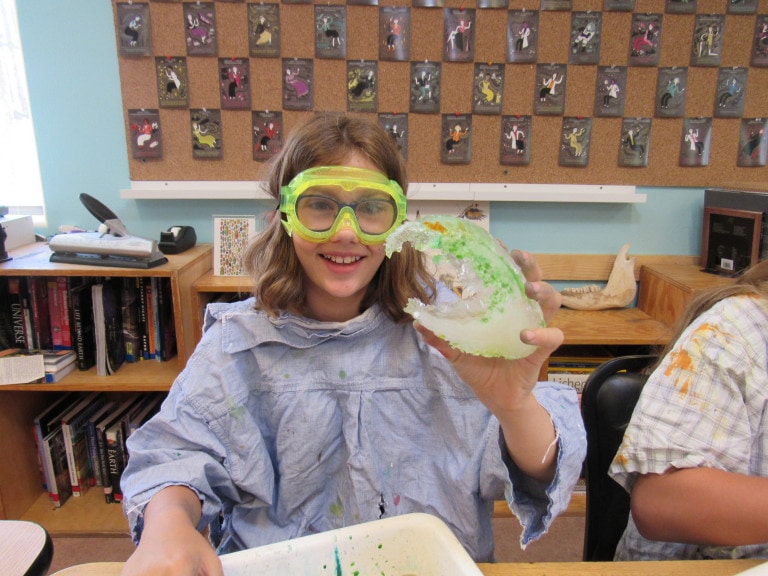
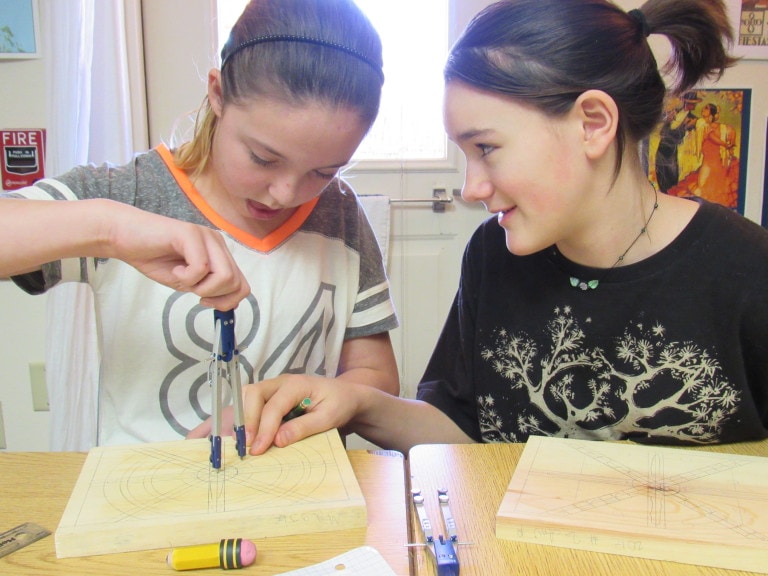
History
Darya Glass
History Teacher
I love teaching the women’s movement in eighth grade. There is a wonderful progression: ‘Oh, women haven’t always been in Congress and on the Supreme Court? What was it like before that? How did we create these changes? Wow – people did so much to make things better. I wonder how I can make the world better?’ The students realize they stand on the shoulders of giants and that they, too, will create history.
History at the Girls’ School makes you feel powerful. We talk about current issues that relate to us. I know a lot more than people expect me to. I understand how things came to be to be in history and politics, and I know that my generation can create changes, too.”
Imogen
8th
Foreign Language
Cathy Caruso
French & Spanish Teacher
Our language program begins in sixth grade with an exploration of both French and Spanish. In seventh and eighth grades, students continue their study of Spanish, with the emphasis throughout each year of study on speaking and listening skills, as well as an examination of the different cultures within both the French- and Spanish-speaking worlds.
“Learning Spanish in middle school gives me more opportunities to live or attend school in other places when I’m older.”
Florian
8th
